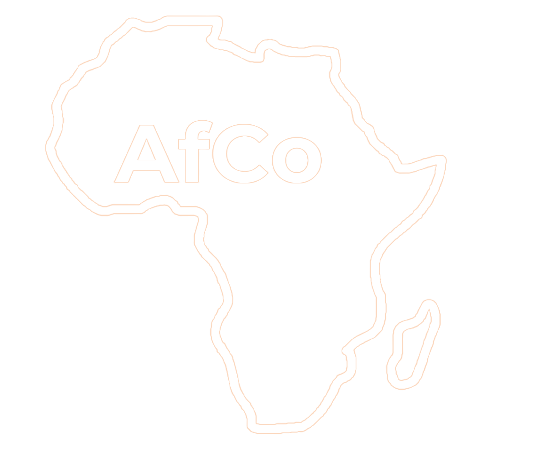Challenges of Nation-Building in South Sudan
This article analyzes the challenges faced by the building of South Sudan. After two civil wars, the country finally negotiated its independence. The 2005 Comprehensive Peace Agreement between the party in power, the National Congress Party, and the Sudan Peoples’ Liberation Movement stipulated that a referendum on self-determination would decide South Sudan’s future. The 2011 plebiscite overwhelmingly favored secession and resulted in South Sudan declaring its independence on the 9th of July. Since then, the country has been engaged in a delicate nation-building process. This article examines existing systems and argues that modern nation building rests on the institutionalization, bureaucratization, and democratization of the state apparatus. It pays special attention to the choice between a federal and a unitary model. It also discusses unresolved issues such as security, corruption, and tribalism, and discusses how to transition from a liberation movement into a stable democratic state.
Keywords
- state-building
- South Sudan
- self-determination
- comprehensive peace agreement
- Sudan peoples' liberation movement
- SPLM
- Sudan peoples' liberation army
- SPLA
